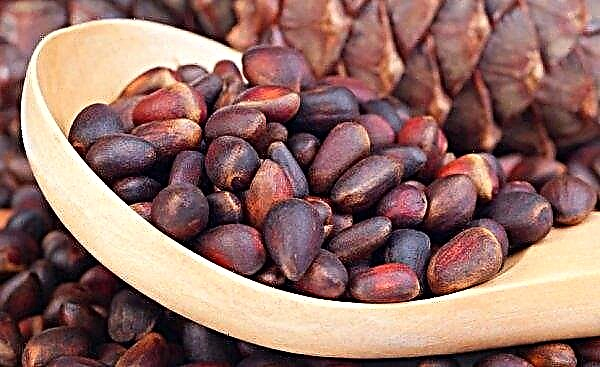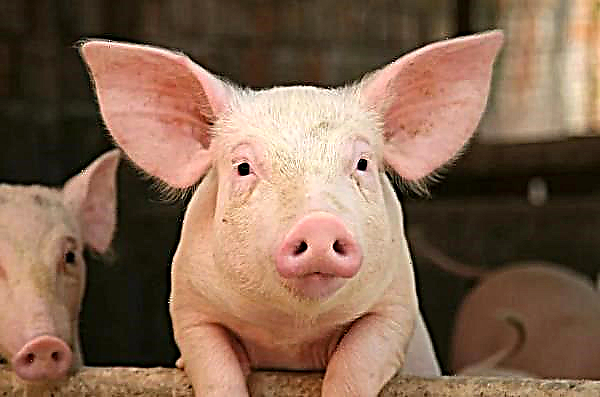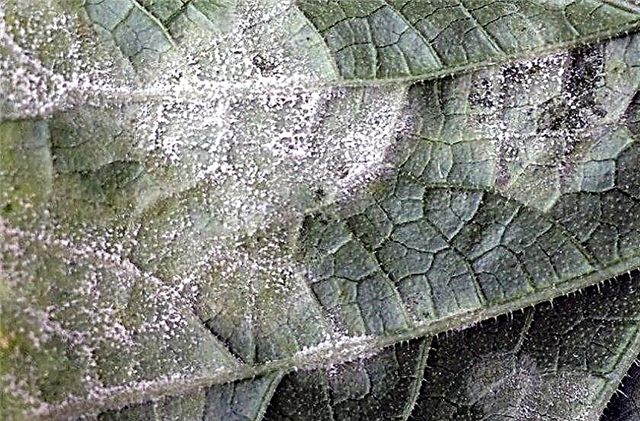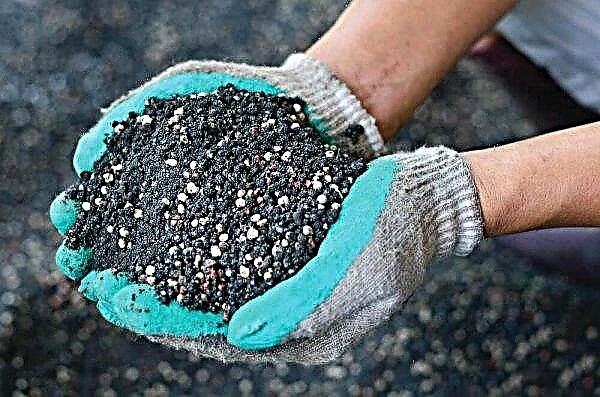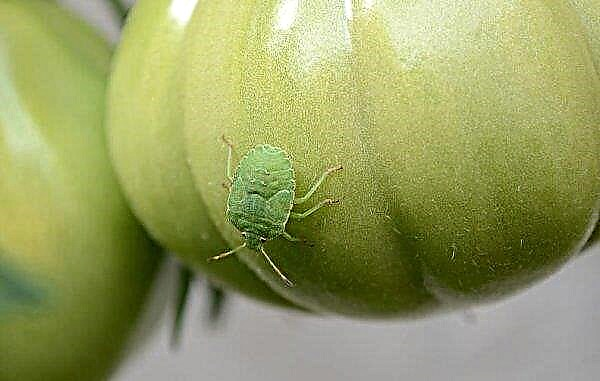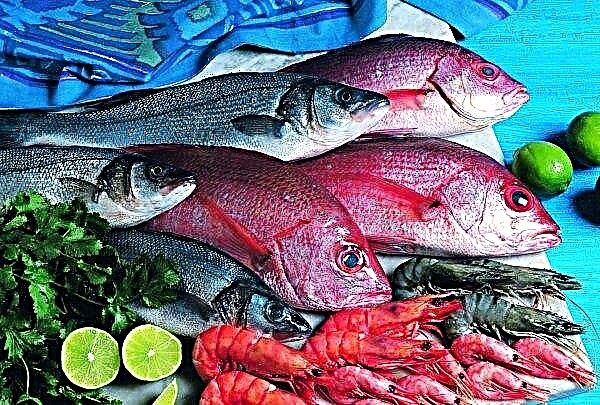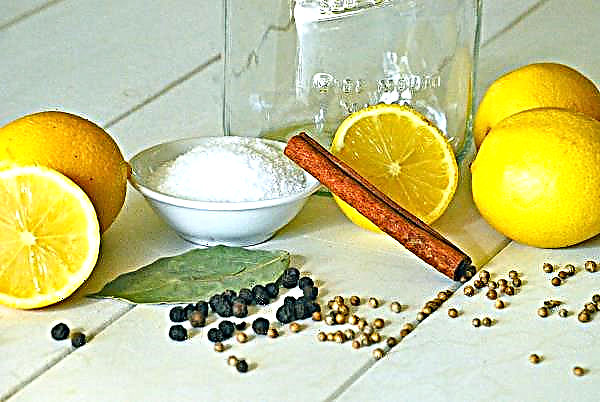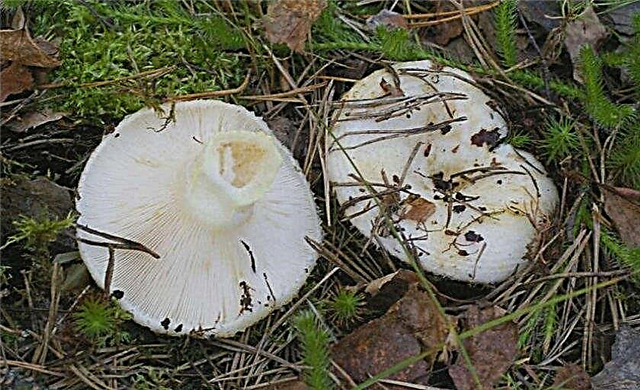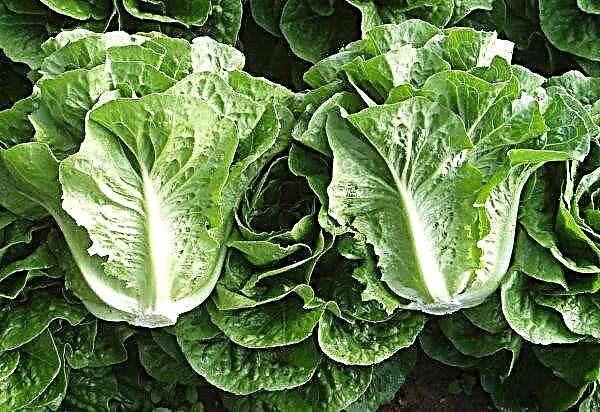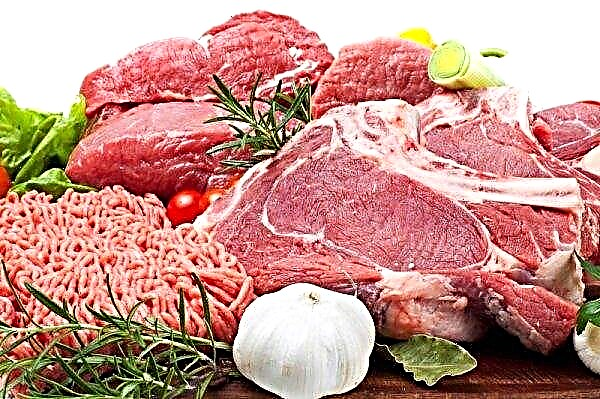Fennel and dill are different plants, although some summer residents believe that they are almost the same thing. To understand whether this is so or not, it is necessary to carefully study the characteristics and useful features of each of them, which will be discussed later.
Description and characteristics of plants
Both fennel and dill belong to the group of umbrella plants, but this is their only absolute similarity. For the rest, each of the plants has its own set of features that you need to familiarize yourself with in order to determine how these cultures differ.
Fennel
Fennel is a perennial that develops better in subtropical regions. Unlike dill, it needs more heat, therefore, regardless of the location of the plot, fennel can be planted on seedlings only after the end of frost: not earlier than April.

The stem of the plant is porous and thin, reaching a height of 1.6–1.9 m. Leaf blades are long and thin, often resemble feathers in shape. Flowering of the culture begins in June and is characterized by the appearance on the shoots of small flowers of a yellowish hue, collected in lush, downy inflorescences.
The first fruits appear on the plant only in August, but they are rarely eaten. In cooking, seeds and leaves of the culture, which are used in the preparation of first courses and to create side dishes, are more in demand.
The taste of fennel is in many ways similar to the mint flavor, complemented by a light smack of tarragon, and its spicy smell of anise cannot be confused with any other plant. When growing, you will have to try to get the maximum benefit from the plant, because it needs a lot of sunlight and requires frequent watering and loosening of the soil.
Did you know? Fennel is considered one of the best products for weight loss, as it removes excess fluid from the body, stimulates metabolic processes and lowers cholesterol. Among the additional properties - calming the nervous system.
Dill
An annual herbaceous plant with a stem length of 0.4–1.3 m (depending on variety). On a straight and branched stem, a waxy coating and characteristic grooves are clearly visible. Leaf plates are thin and long, can form complex feathers.

The flowering period occurs around the end of June, when small inflorescences consisting of several yellowish flowers form on the bushes. Toward the end of summer, small fruits of gray-brown color appear on the dill. The culture is characterized by a strong aroma and spicy taste, with a slight sweet touch and a refreshing effect.
Compared with fennel, heat for dill is less important and it tolerates small frosts very well. Sowing seeds is performed in early spring and they all germinate well, even if the soil temperature is only + 5 ... + 6 ° C.
The first shoots of young dill appear a week after sowing, and as soon as they reach 6-8 cm in height, you can harvest the first crop. The rapid ripening of this green allows you to sow it several times a season, so you can provide yourself with fresh vitamins for more than six months.
Important! Dill can and should be planted between rows of vegetable crops. It scares away small insect pests and helps to save crops at any stage of development.
What is the difference between fennel and dill?
In addition to the general characteristics of fennel and dill, there are a number of criteria that also help determine what the difference is between them. First, it is worthwhile to carefully study the chemical composition of crops, to understand their origin and the possibility of application for culinary purposes.
Chemical composition
A careful study of the chemical properties of dill and fennel is easy to explain their different effects on the human body.
In the first case, the composition of the plant includes:
- vitamin C and nicotinic acid;
- carotene;
- aneurine;
- vitamin B2;
- flavonoids (in particular quartzetine, isoramnetin and kempferol);
- mineral compounds (iron, potassium, calcium, phosphorus);
- essential and fatty oils.

The nutritional value of 100 g of plucked green dill is 43 kcal, and the ratio of BZHU is expressed in the following figures:
- carbohydrates - 4.92%
- proteins - 3.46 g;
- fats - 1.12 g.
As for fennel, it is characterized by the following set of useful elements:
- aneurine (vitamin B1);
- vitamin B2;
- vitamin C and nicotinic acid;
- vitamins E, K;
- micro and macro elements (calcium, magnesium, sodium, potassium, phosphorus, iron, zinc, copper, manganese).
Did you know? Dill was not always used only for culinary purposes. In ancient Greece and in ancient Rome, the plant was grown as a decorative culture, and loving men instead of flowers gave darling inflorescences to their chosen ones.
For 100 g of greens, there are 345 kcal, 15.8 g of protein, 14.87 g of fat and 12.49 g of carbohydrates. Thus, it turns out that it is fennel that has high nutritional value and should not be used in the diet menu. However, such a conclusion does not at all mean its futility in this matter, which is easy to verify by simply considering all the possible uses of each plant.
Application
Both plants are successfully used in cooking, traditional medicine and cosmetology, as they have a lot of positive properties.

- In the case of dill, the list of its advantages includes:
- diuretic and hypotonic properties of seeds;
- antispasmodic and sedative property of essential oil;
- a strong aroma that allows the plant to be used for culinary purposes, and not only as an addition to the first and second courses, but also as an ingredient for vinegar (used for preserving vegetables) and even making liquor.
For cosmetic purposes, dill has found application due to its decongestant property. Perfumes, cosmetics and even toothpastes are produced on the basis of its extracts. It is also recommended to add it to food for those people who suffer from loss of appetite, digestive disorders and metabolic disorders in the body.
Fennel is no less unique plant, despite the fact that dill is used less often for culinary purposes.

- Among its positive properties, the following effects on the body can be distinguished:
- antimicrobial;
- anticonvulsant;
- expectorant;
- diuretic;
- sedative;
- bronchodilator;
- enveloping;
- antispasmodic;
- painkiller;
- antioxidant;
- choleretic.
All this allows you to successfully use fennel in folk medicine, for the preparation of decoctions and infusions from leaves and seeds. In cosmetology, fennel is used to combat dry skin, while simultaneously promoting its rejuvenation and toning (often part of anti-aging creams).
Important! Compared to dill, fennel is often grown indoors as an air freshener with a light sweetish aroma. Fatty essential oils are also in demand in the technical industry, where they are used as a lubricant for mechanisms.
Origin
Dill and fennel can be safely added to the list of the most ancient plants, the benefits of which were still known by the ancient Romans and Greeks. They have long been cultivated in Europe, Japan, Africa and Argentina. Dill is a native of Southwest Asia and India, but there is evidence that the culture was successfully cultivated by the Egyptians, about 5000 years ago.
They not only made healing infusions and decoctions from greens, but also decorated their home with umbrellas, while protecting it from evil spirits and negative energy. In Central and Western Europe, dill began to be sown around the 10th century.

The territory of modern Southern Europe is considered to be the birthplace of fennel, where it has been cultivated for hundreds of years for cooking, treating whooping cough, lung diseases, asthma and headaches.
For the first time, his medical characteristics are described in the writings of Pliny, who noted the beneficial effect of culture on human vision and advised using it for cataracts and conjunctivitis. In the modern world, some Indian restaurants still serve sugar-mixed seeds that, after a meal, refresh your breath.
What's better?
Dill and fennel are not the same thing, because each culture has its own characteristics. It is difficult to say unequivocally what it is worth planting on your site, because the further purpose of its use plays a significant role in choosing a particular culture: for example, for daily culinary purposes it is better to plant dill, and when growing herbs for cooking cosmetics or healing infusions, you can pay more attention fennel.
Growing Features
When growing the described plants, you should first focus on their type: dill is an annual plant, and fennel does not require annual planting due to the powerful root system. The time for planting seeds is selected taking into account the thermophilicity of crops: because of the high requirements for temperature conditions, fennel has to be planted later, because unlike dill, it is not able to easily tolerate spring return frosts.

Otherwise, the requirements for care are almost identical: timely watering, protection from sunburn and periodic application of nutrients, although without fertilizer, plants are able to form a good green mass.
If you doubt your choice, just find a place for both crops, because only on the basis of your own experience, you can draw final conclusions regarding the ease of cultivation and the characteristics of the use of fennel and dill.

